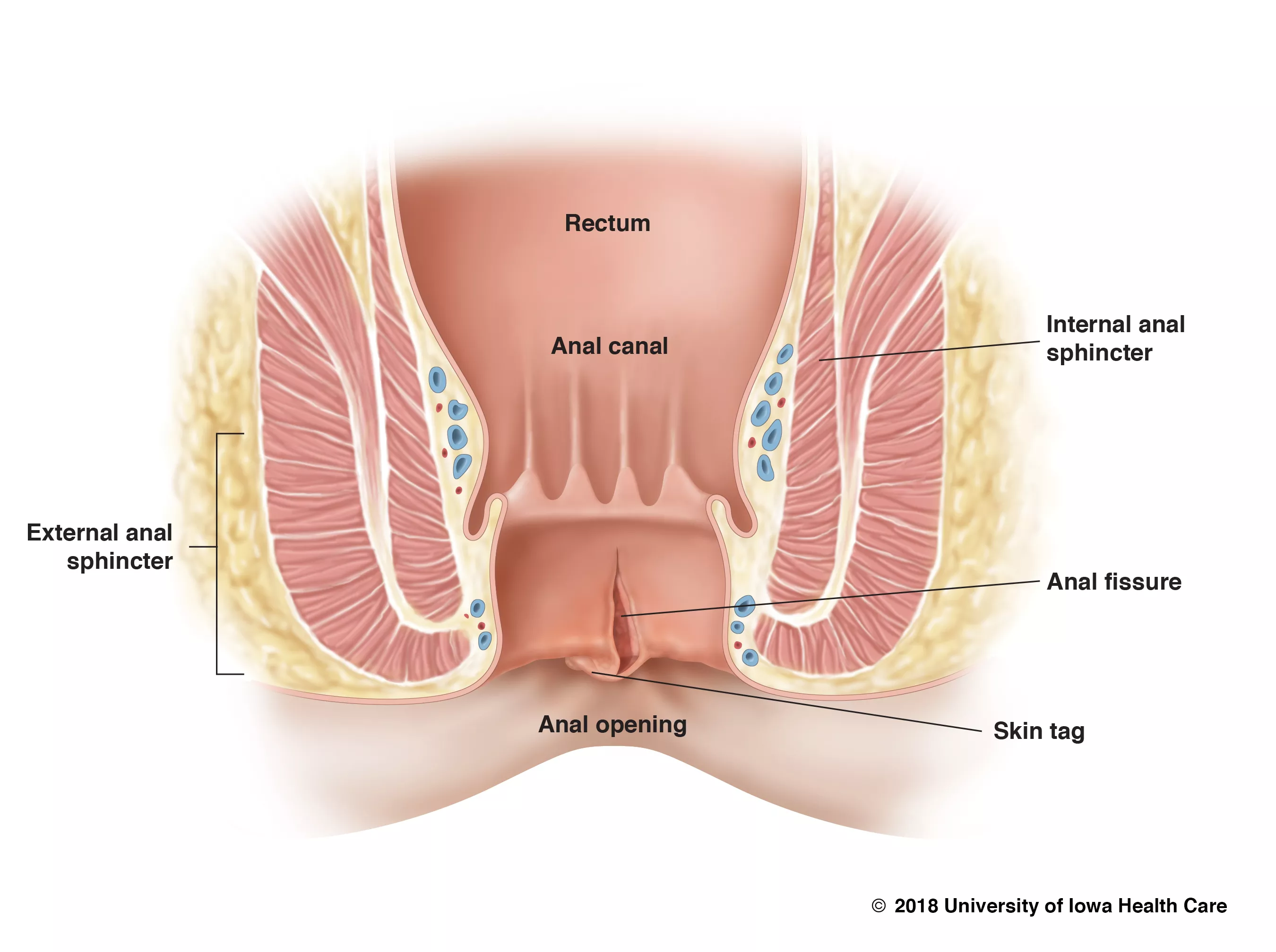Anal Fissure : Understanding Causes, Symptoms, and Treatment
Overview: An anal fissure is a small tear or crack in the lining of the anus, often causing pain and discomfort during bowel movements. While anal fissures can occur at any age, they are more common in young adults and may result from various factors.
Causes:
- Constipation:
- Hard, dry stools associated with constipation can contribute to the development of fissures.
- Straining During Bowel Movements:
- Excessive straining, often due to constipation or prolonged sitting on the toilet.
- Diarrhea:
- Frequent or chronic diarrhea can irritate the anal area and lead to fissures.
- Childbirth:
- The strain on the rectal area during childbirth can result in fissures.
- Anal Trauma:
- Injury to the anal region, such as from anal sex or the insertion of foreign objects.
- Inflammatory Bowel Disease (IBD):
- Conditions like Crohn's disease or ulcerative colitis may increase the risk.
Symptoms:
- Pain During Bowel Movements:
- Sharp or burning pain, especially during and after bowel movements.
- Bleeding:
- Bright red blood on toilet paper or in the toilet bowl.
- Anal Itching:
- Itching or irritation in the anal area.
- Spasm of the Anal Sphincter:
- Muscle spasms can lead to further pain and difficulty in healing.
Diagnosis:
- Physical Examination:
- A healthcare professional may visually inspect the anal area.
- Digital Rectal Examination (DRE):
- A gloved, lubricated finger is used to examine the inside of the rectum.
Treatment:
- Dietary Changes:
- Increasing fiber intake to soften stools and prevent constipation.
- Hydration:
Drinking plenty of water to maintain hydration and soften stools.

